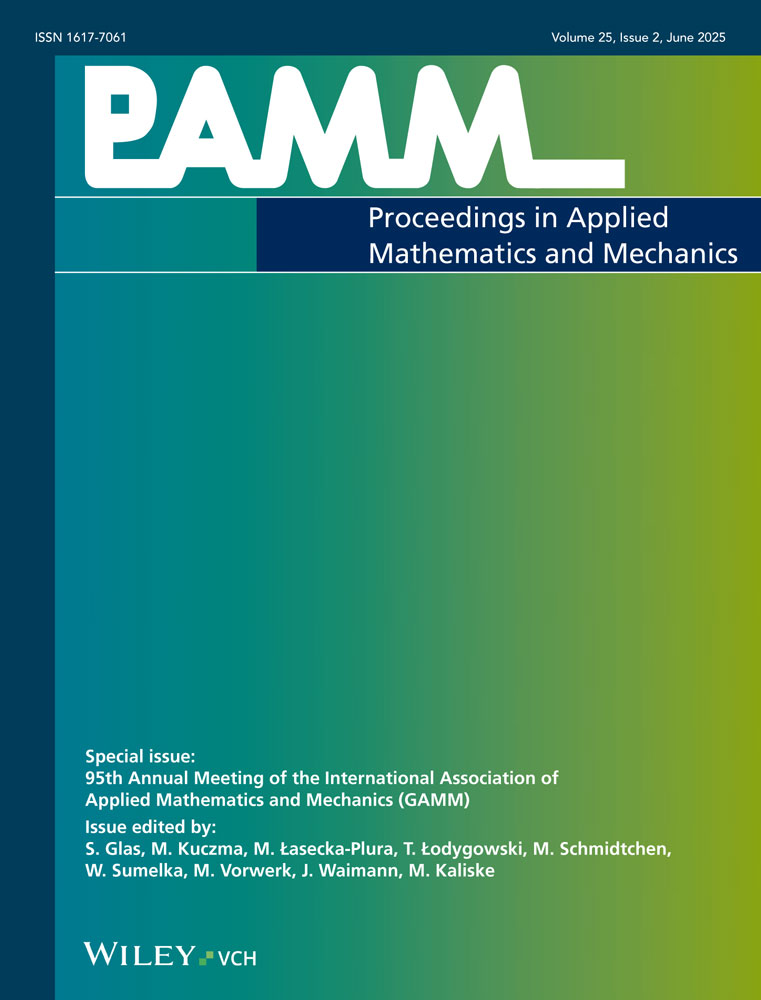Effects of different crack-face boundary conditions on the dynamic intensity factors in linear magnetoelectroelastic solids
Abstract
New multifield materials for the development of smart devices and structures are receiving increasing attentions. Composite materials consisting of piezoelectric and piezomagnetic phases with an additional magnetoelectric coupling effect [1] offer advanced opportunities and may be used for broadband sensing, actuating devices and many other smart devices and structures which are required in engineering sciences. The dynamic crack analysis of magnetoelectroelastic solids is of special importance because such materials are often very brittle and the corresponding results have a direct relevance to the design and optimization of smart structures. The boundary element method (BEM) has been shown to be very attractive and efficient for solving dynamic crack problems in linear magnetoelectroelastic solids [3]. A critical issue in the numerical simulation of crack problems in linear magnetoelectroelastic solids is a realistic description of the mechanical and electromagnetical crack-face boundary conditions, which is considered in this paper. (© 2012 Wiley-VCH Verlag GmbH & Co. KGaA, Weinheim)




